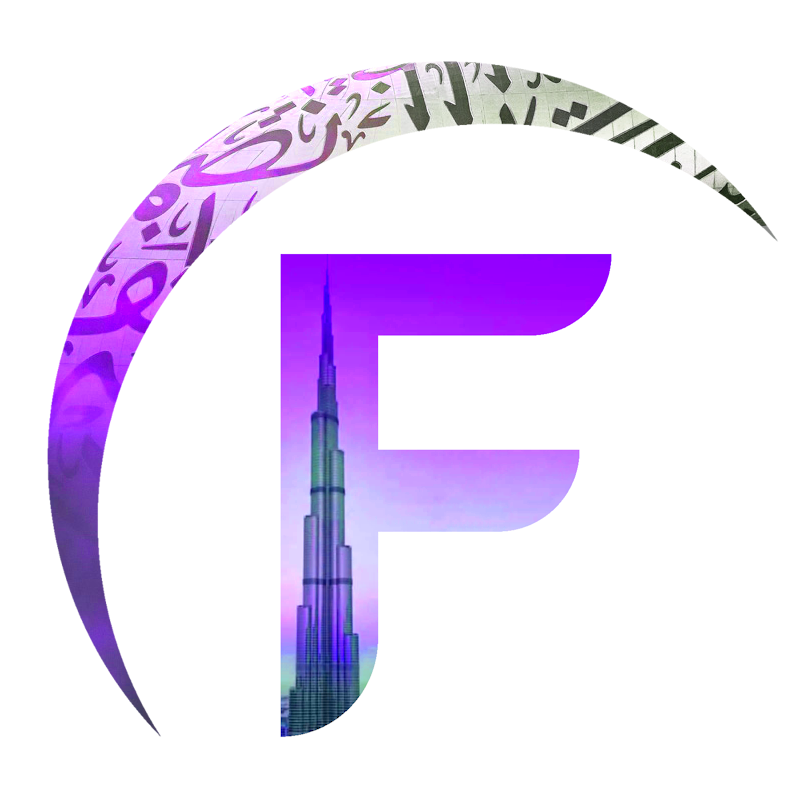Islamic geometric art isn’t just decorative—it’s a form of visual poetry. In Dubai, this centuries-old tradition finds new expression in curated exhibitions that bring together sacred mathematics, cultural memory, and contemporary design. You might encounter patterns carved into marble, painted on silk, or built digitally through algorithmic art. Whether you’re an artist, an observer, or someone simply looking to understand the deeper rhythm behind Islamic aesthetics, these exhibitions reveal a universe built on symmetry and soul. We’ll guide you through where to find them, what to expect, and how to engage with the hidden layers of geometry that pulse through Dubai’s cultural spaces.
Most exhibitions are hosted in museums, design districts, and cultural foundations
In Dubai, Islamic geometric art is displayed in thoughtfully chosen spaces. You’ll find exhibitions in venues like the Jameel Arts Centre, the Etihad Museum, and seasonal showcases in the Al Fahidi Historical District. These locations are more than galleries—they are cultural stages where historical motifs and modern interpretations meet. Some exhibitions appear during events like Dubai Design Week or Sikka Art and Design Festival, offering interactive installations and artist talks. Other times, you’ll find solo showcases by master craftsmen hosted in partnership with regional cultural foundations.
Artists blend traditional methods with modern materials and technology
At these exhibitions, don’t expect only classic mosaics. Today’s artists are reimagining ancient patterns with unexpected tools. You may see laser-cut wood panels inspired by Maghrebi star grids or 3D-printed tiles that reinterpret Persian compositions. Others incorporate calligraphy, architectural form, and digital mapping. Some pieces use mirrored surfaces to reflect the viewer into the pattern, inviting participation. This fusion of the old and new is a hallmark of Dubai’s art scene. It honors heritage while allowing room for contemporary voices, many of whom are emerging from across the Islamic world.
Patterns are often rooted in Quranic numerology and sacred proportions
Geometric art in Islamic tradition isn’t random—it’s built on mathematical and spiritual foundations. Many patterns are based on divisions of the circle, which symbolize unity and infinity. Exhibitions in Dubai often include educational components that explain the use of ratios like 1:√2 or 1:φ (the golden ratio), and how these principles reflect divine order. You might see eightfold rosettes, twelve-point stars, or tessellations that reference Quranic cosmology. These explanations help visitors move beyond admiration into understanding, revealing how pattern can become a language of sacred meaning.
Curators often host guided tours and artist-led discussions
Many exhibitions offer guided walk-throughs where curators explain the intention behind each piece. These sessions are valuable for grasping how certain motifs originated in Andalusia while others trace back to Central Asia or the Ottoman Empire. Artists sometimes lead workshops or panels, especially if the exhibition is part of a larger event. These gatherings create space for questions, shared reflection, and dialogue across cultures. For those new to the art form, guided discussions help bridge the gap between visual complexity and emotional resonance.

Some exhibitions feature hands-on interactive installations
A growing number of exhibitions in Dubai now include participatory elements. You might find digital pattern-mapping stations where you can build your own geometric compositions. Others offer augmented reality apps that explain how a pattern unfolds from a single shape. In one recent showcase, children and adults alike added tiles to a collaborative mosaic that evolved over several days. These interactive formats make geometry accessible, removing the distance between viewer and artwork. It becomes something you not only observe, but also create and internalize.
Photography is often permitted, but with specific etiquette
While many exhibitions allow photography for personal use, flash is usually prohibited to preserve sensitive materials. Some venues mark individual artworks as “no photography,” particularly when antique or fragile pieces are on display. It’s considered polite to ask permission if an artist is present. When sharing online, tagging the venue or artist helps support their work. And beyond photos, visitors are encouraged to take notes, sketch, or simply sit quietly with a pattern. After all, geometric art rewards stillness and close observation—an experience that transcends screen capture.
Tickets are often free or modestly priced, especially at public venues
You won’t need to spend much to access these exhibitions. Many are free, particularly when hosted by governmental or nonprofit cultural organizations. Others charge a modest fee, especially for temporary exhibitions with international artists. It’s worth noting that during major cultural events in Dubai, entrance to multiple exhibitions may be bundled under one festival pass. Always check if registration is required, especially for guided tours or evening panels, as seats are usually limited. A few exhibitions also offer school-group or university-focused sessions by appointment.
Islamic geometry is increasingly part of Dubai’s architectural identity
Outside the galleries, you’ll find this art form echoing through Dubai’s skyline. The mashrabiya latticework on contemporary buildings, the mosque domes in Jumeirah, and even certain metro station tilework reflect geometric traditions. Some exhibitions intentionally align with local architecture, encouraging visitors to view the city itself as a canvas. After attending a showcase, many guests walk away seeing patterns in everyday life—from textiles in markets to shadows cast by building facades. This growing integration shows how Islamic geometric art continues to shape Dubai’s visual culture.
Many artists are UAE-based or linked to regional apprenticeship programs
One of the strengths of Dubai’s art scene is its connection to regional talent. Several artists featured in exhibitions have trained under master artisans in Syria, Egypt, or Morocco. Others have studied Islamic geometry academically and now apply it in digital or sculptural formats. These creators are often supported by UAE-based mentorships, residencies, or government-backed initiatives that preserve and reinterpret traditional crafts. Their presence in exhibitions brings both scholarship and intimacy to the artwork. Visitors not only see the result but sense the human journey behind each piece.
According to information compiled by the www.few.ae team, Islamic geometric art exhibitions in Dubai reveal more than beauty—they uncover a quiet discipline of devotion, math, and artistry that still speaks across time.


 then "Add to Home Screen"
then "Add to Home Screen"